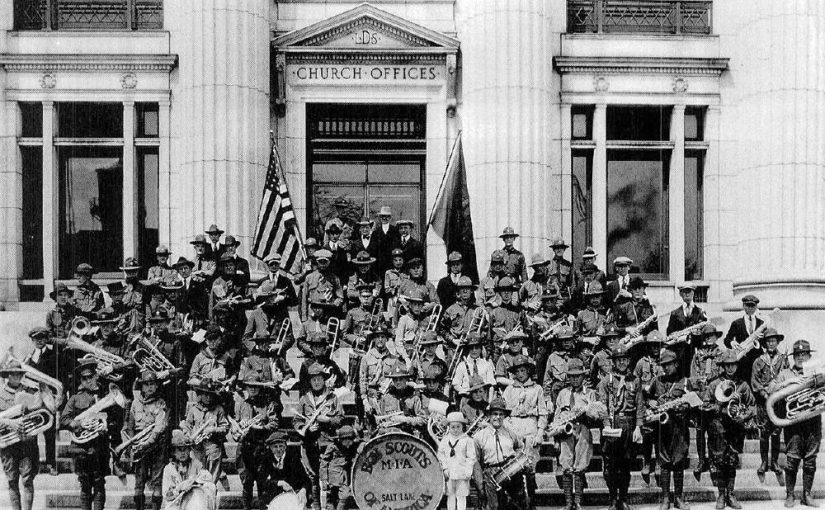Category: Faith
A couple more Christmas songs
The First Noel – Mi Burrito Sabanero – And a version with a lower pitch –
Merry Christmas!
Our kind-of-annual family Christmas song. This one is God Rest Ye Merry Gentlemen, David Archuleta style.

Keep up on your French
Back in the 90s I spoke French fluently (with an Idaho accent). French is still my preferred language for profanity during heated basketball games, but it’s tough to hold on to vocabulary and fluid speech without many francophones around and with visits to France few and far between. Here are a few things that have…

LDS Apostles when they were young missionaries
I taught a mission prep class this week and gathered what photos I could find of current members of the Quorum of the Twelve back when they were young missionaries for The Church of Jesus Christ of Latter-day Saints. Can you figure them all out? Answers at the bottom. 1 (the one on the right)…

Changes in YW and YM over the years
On Sunday I ordained my oldest son a priest and my youngest a deacon – both were impacted by the age changes announced in December. In preparation for the Temple and Priesthood Preparation meeting later that day, I did a little research on some of the changes to the Young Men and Young Women programs over…



